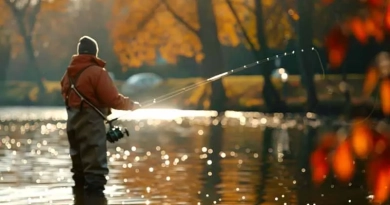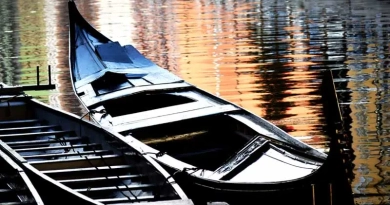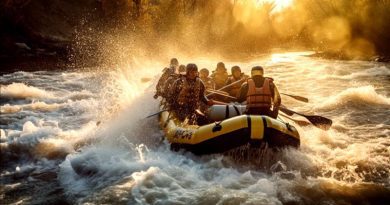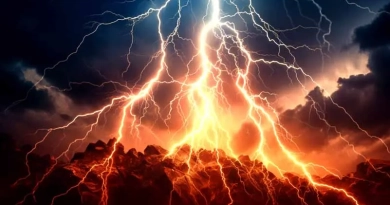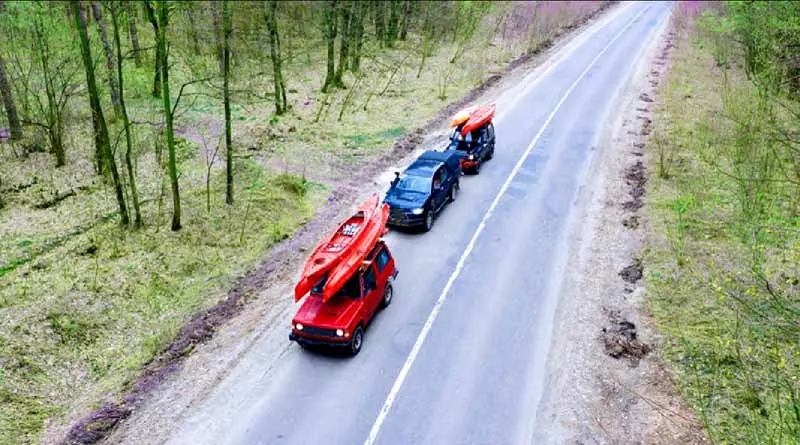
How Do I Plan A Canoe Trip?
An exciting trip to the river lay before me, a ribbon of possibility winding through the wilderness. As I loaded my canoe on to the top of my Jeep, a question echoed in my mind, “How do I plan a canoe trip?” The answer, I knew, was more than a list of supplies or a map; it was about understanding the essence of the journey, preparing for the unexpected, and embracing the adventure with respect for nature.
Planning a canoe trip involves numerous considerations, each with its own set of challenges. The first step is to choose your destination. This can range from serene lakes to rugged rivers, each offering a unique experience. Popular spots like the Boundary Waters in Minnesota or the Allagash River in Maine provide well-mapped routes but require permits and adherence to specific regulations.
Next, you’ll need to assess the skill levels within your group. It’s crucial to match the trip’s difficulty to that of the least experienced paddler to ensure everyone’s safety and enjoyment. Misjudging this can lead to dangerous situations or dampened spirits.
Gear selection is another critical aspect. From life jackets to dry bags, the right equipment can make the difference between a memorable adventure and a logistical nightmare. Weather conditions, water levels, and wildlife encounters all play a role in shaping your preparations.
Presenting the Best Solution and How to Implement It
The best way to plan a canoe trip is through a detailed, methodical approach. Here’s a step-by-step guide:
- Choose Your Destination: Research potential routes, considering factors such as distance, difficulty, and scenic value. Resources like the Boundary Waters and various provincial parks offer a range of options for all skill levels.
- Obtain Necessary Permits: Many popular canoeing destinations require permits. These not only help manage the number of visitors but also fund conservation efforts. Check the specific requirements for your chosen location well in advance.
- Gather Information: Use maps, guidebooks, and online resources to familiarize yourself with the route. Speak to local outfitters or experienced paddlers for insider tips and current conditions. Personal recommendations can provide invaluable insights that aren’t found in official publications.
- Prepare Your Gear: Essential items include a reliable canoe, paddles, life jackets, dry bags, and appropriate clothing. Consider the weather and pack accordingly—layering is key. Don’t forget safety gear such as a first-aid kit, a satellite communicator for remote areas, and a robust camping setup.
- Plan Your Food: Simplify your camp kitchen by opting for freeze-dried meals and minimal cookware. This reduces weight and pack size, making portages more manageable. Fishing can supplement your diet if regulations allow.
- Check Weather and Water Conditions: Weather can change rapidly, especially in remote areas. Regularly check forecasts and water levels. Knowing the flow rates of rivers can prevent you from encountering unexpectedly difficult conditions.
- Respect the Environment: Follow Leave No Trace principles to minimize your impact. This includes packing out all trash, using biodegradable soaps, and avoiding sensitive wildlife areas. Sustainable practices ensure that the beauty of these natural places is preserved for future generations.
Resources and Tools Needed
To successfully plan and execute a canoe trip, you will need:
- Maps and Guidebooks: For navigation and route planning.
- Permits: Specific to your chosen destination.
- Canoes and paddles: make sure they are sturdy and suitable for the waters you will navigate.
- Life jackets (PFDs): are essential for safety.
- Dry bags: to keep your gear dry.
- Camping Gear: Including a tent, sleeping bag, and cooking supplies.
- First-Aid Kit: For emergencies.
- Satellite Communicator: For remote areas without cell service.
- Appropriate Clothing: Layered and suitable for varying weather conditions.
Conclusion
As the sun dipped below the horizon, casting a golden glow over the water, I realized that planning a canoe trip is as much about the journey as it is about the destination. It’s about preparation, respect for nature, and the thrill of exploration. By following these steps and embracing the adventure with a thoughtful approach, you’ll be ready to embark on a canoe trip that is not only safe and enjoyable but also leaves a positive impact on the environment.

